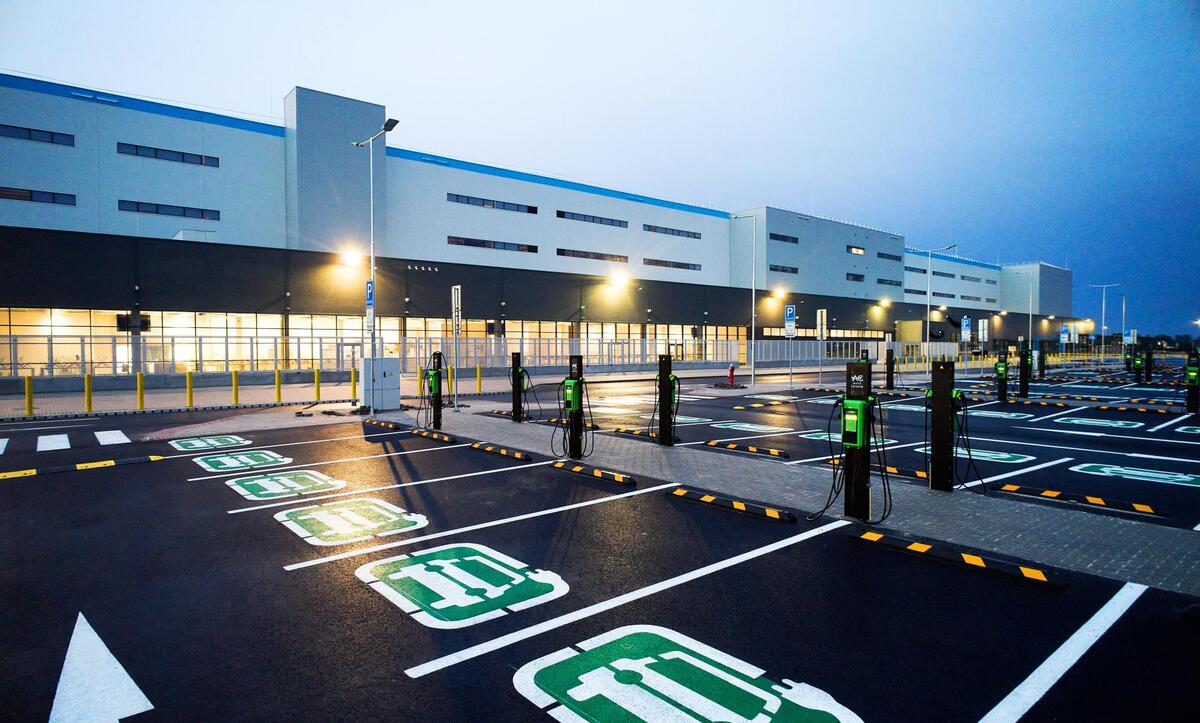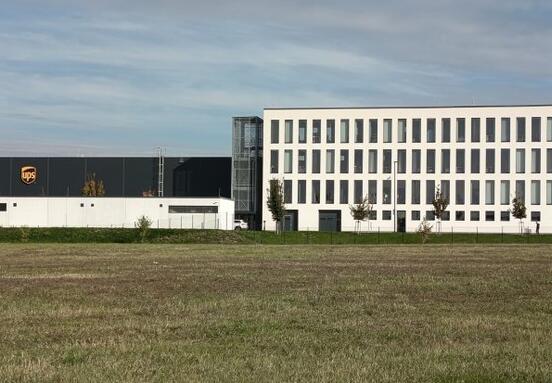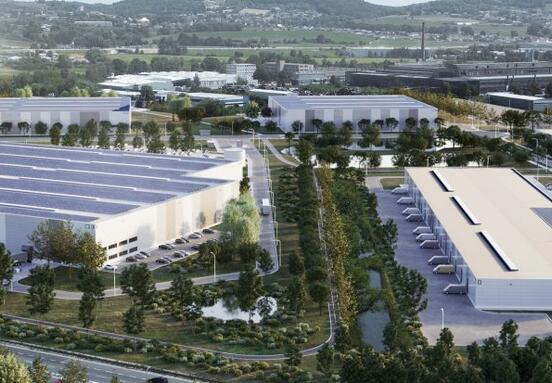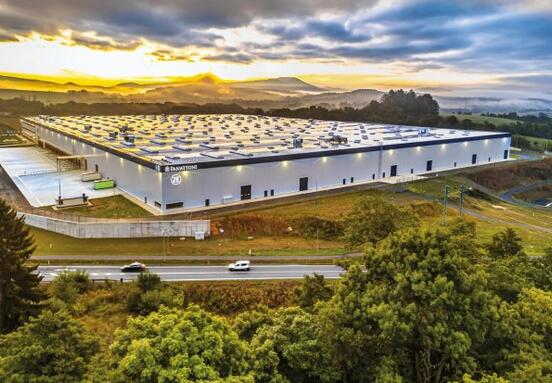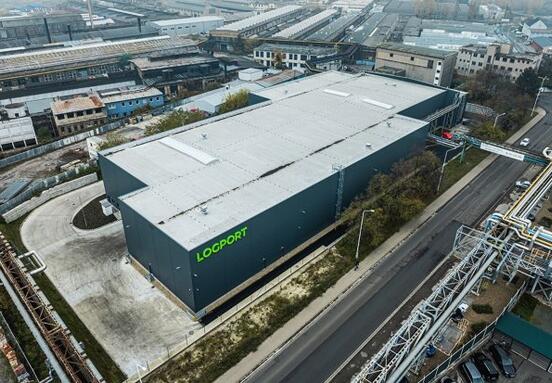We are entering an era of growing interest in sustainability in all areas of our lives. Whether it is individual activities such as waste sorting, through political visions of energy self-sufficiency to commercial strategies - everything now revolves around ESG factors. It is therefore not surprising that even the real estate tenants themselves - industrial and logistics companies - are interested in this trend. “The growing emphasis on sustainability and ESG is particularly evident in large global companies. This commitment is naturally also reflected in their local operation and selection of real estate. When deciding on new premises, they carefully assess whether they will have a low carbon footprint and whether they will not only meet internal standards, but also comply with applicable legislation. While the emphasis on ESG factors is not quite as pronounced among local companies, we expect this dynamic to change soon, as more and more companies integrate these aspects into their strategies for sustainable development," explains Miroslav Kotek, Head of Industrial Real Estate at Colliers.
While in new modern buildings it is relatively easy to implement sustainable technologies and the landlords themselves actively contribute various ideas, older properties often present more complex challenges. Smaller or local landlords do not yet show much willingness to invest in renovations. This puts the tenant in a situation where they have to be personally involved in finding alternative solutions and possibly allocate their own funds for renovations and modernization of existing buildings.
Higher initial costs, but operational savings and a better corporate image
“Every measure towards sustainability entails increased costs, which are ultimately borne by tenants. They therefore have to take this into account in their budgets. On the other hand, they will save on operating costs in the medium and long term and expect that investments in sustainable technologies and efficient energy solutions will ultimately result in financial savings," says Miroslav Kotek, adding that the customers of these tenants also play an important role - large multinational companies that have sustainability firmly embedded in their strategies. In addition, attention to current trends strengthens the image of a brand or company in the eyes of customers and the public.
Photovoltaics, heat pumps and transport accessibility
According to the development company Panattoni, a whole range of measures can be implemented to support the sustainability of industrial real estate. They install photovoltaic power plants on the roofs of buildings, which not only provide energy independence, but also contribute to renewable energy. Heat pumps are already practically a standard, which helps to minimize the ecological footprint and reduce
energy efficiency of buildings. A key tool for effective building management is a sophisticated BMS (Building Management System), which enables optimization of energy consumption and ensures maximum comfort and safety for users. Last but not least, their projects think about water management, while implementing modern technologies to reduce consumption and recycle waste water.
"We are also investigating the impact on the campus itself and its wider surroundings. For example, we monitor the impact on the environment by monitoring the biodiversity around our parks. Equally important is the background for employees. Modern canteens and a friendly environment supporting their well-being and efficiency are part of our work spaces. We pay attention to good accessibility within various modes of transport, which not only increases the flexibility of work options, but also reduces the traffic load and our ecological footprint," Pavel Fojtík, Regional Sustainability Manager, Panattoni, gives examples.
The current idol of industrial halls? Amazon in Panattoni Park Kojetín
How green buildings are is evaluated by independent organizations, institutions and certification systems. In many countries, the oldest and also very strict British assessment system BREEAM is used. Its highest possible grade – Outstanding – requires, as the name implies, excellent results in many categories, including energy efficiency, material use, quality of the indoor environment and other aspects of sustainable construction. So far, only a minimum of buildings can boast such an assessment. A few weeks ago, the Amazon robotics center in Panattoni Park Kojetín succeeded in doing so. "With its 187,000 m2 area, it thus became the largest industrial building in the Czech Republic with this rating. The building is not connected to gas. To a large extent, the building's consumption is covered by the photovoltaic power plant. The production of heat and cold is ensured by heat pumps and good regulation of the building using BMS. The construction itself was also sustainable, the nearby railway was used to transport the panels, and most of the construction waste from the original brownfield was also reused," says Pavel Fojtík.
Inevitable ESG reporting
From January 2024, some large companies will be obliged to provide regular information on their progress in meeting their ESG goals, i.e. in the areas of environmental protection, fair relations with employees and responsibility and ethical work practices. This obligation will gradually be extended to other companies as well. However, the driving force behind the demand for sustainable solutions is rather the companies themselves, which have already integrated ESG goals in recent years. To achieve these goals, the area of production and logistics, as a key part of the supply chain, is absolutely necessary.
